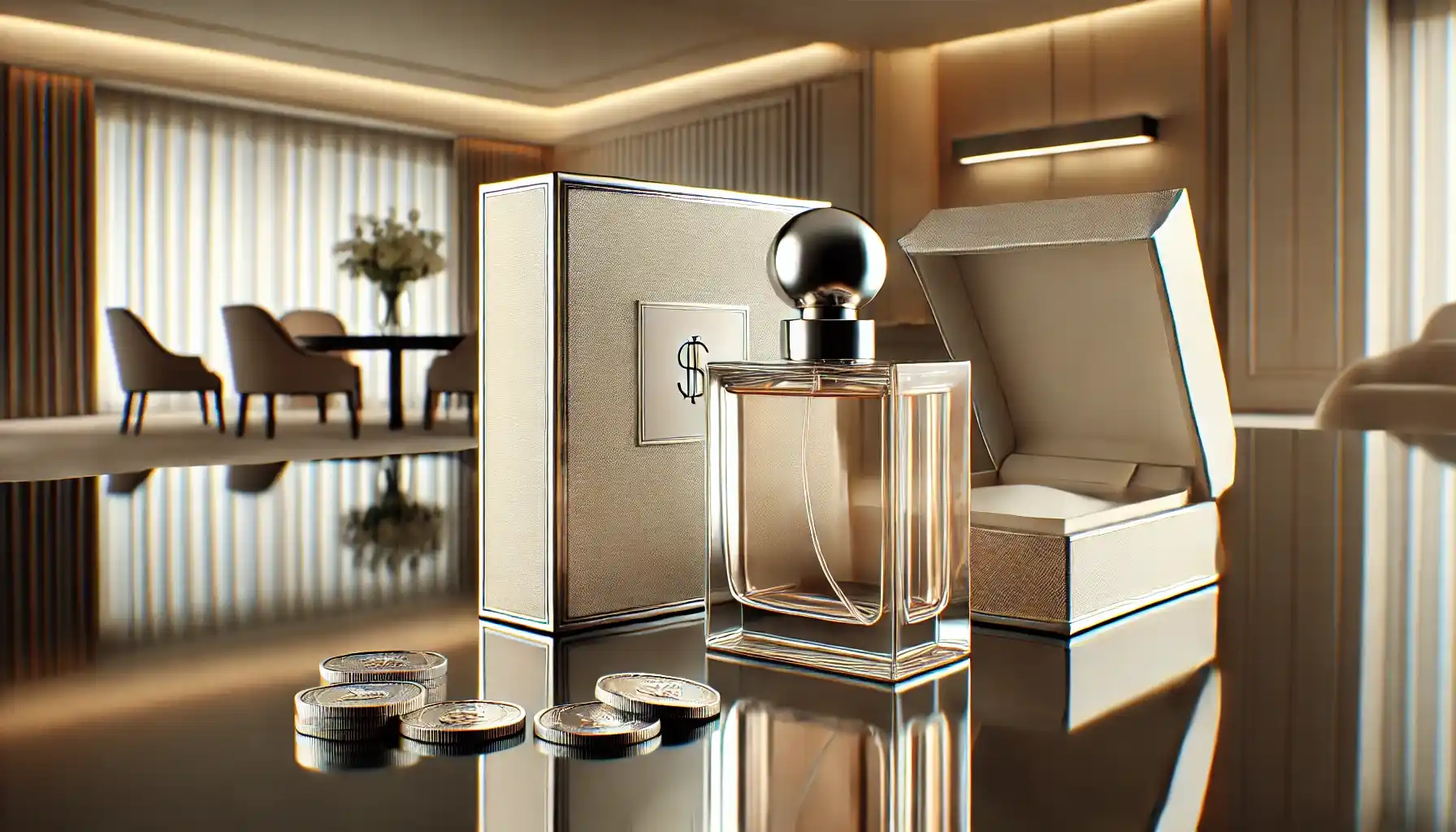How to Identify Fake Perfumes: Tips and Guides
Luxury goods are status symbols, collectibles and personal expressions—the rise of counterfeit products has created a challenging problem. Distinguishing a genuine perfume from a fake one can be as difficult as identifying the oldest coin in the world. Just as numismatists rely on precision and expertise to authenticate ancient coins, perfume lovers need sharp senses and a keen eye for detail to avoid being duped by imitations.
With counterfeit perfumes that are flooding both online and offline markets, it is important to learn how to spot a fake because it is not only about preserving luxury—it is more about protecting your health.

Packaging Matters: The First Clue
Perfume packaging is often the first point of contact, and it can reveal a great deal about a product’s authenticity. Authentic luxury perfumes are known for their attention to detail, and this extends to the box they come in. The material feels premium, the print is clear, and the overall finish exudes quality.
In contrast, counterfeit perfumes often have poor-quality packaging with noticeable errors. Even something as simple as the cellophane wrap can give away a fake. The wrapping on a genuine perfume box is perfectly tight and smooth, while counterfeit versions tend to have loose or crinkled wrapping.
The Bottle: An Important Sign
When it comes to the bottle, the differences between genuine and fake perfumes become even more pronounced. Luxury perfume bottles are designed to be visually stunning and feel substantial in hand. The glass is smooth, thick, and without imperfections.
Counterfeit bottles, on the other hand, may have rough edges, uneven glass surfaces, or poorly fitted caps. The fit of the cap is a must—it should close securely without wobbling. Additionally, the spray mechanism of an authentic perfume is smooth and even that will provide a fine mist, while fake ones may have a jerky spray or even leak.
Scent Complexity: The Good Test
One of the most telling aspects of a perfume’s authenticity is the scent itself. Genuine perfumes are crafted using high-quality ingredients that result in a complex, multi-layered fragrance. A real perfume evolves over time, starting with top notes, followed by rich heart notes, and finishing with deep, lingering base notes.
Counterfeit perfumes, however, often smell flat and lack this complexity. They may initially resemble the original scent but quickly fade or develop an unpleasant chemical odor. Moreover, the longevity of the scent can also indicate whether a perfume is genuine. Authentic perfumes are long-lasting, while fakes tend to disappear within a short period.

Serial Numbers and Batch Codes: Verify Authenticity
The presence of a serial number and batch code is another important factor in identifying fake perfumes. These codes are unique identifiers that manufacturers use to track their products. On a genuine perfume, the batch code on the box should match the one on the bottle. The printing of these codes is usually high-quality and does not smudge easily.
Many counterfeit perfumes either have no batch code or feature poorly printed, mismatched codes. In today’s digital age, it is possible to verify batch codes with online tools, which can provide even more reassurance.
Price: When a Deal is Too Good
Another aspect to consider is the price. Luxury perfumes come with a high price tag because they are made using premium ingredients and undergo meticulous production processes. If you come across a deal that seems too good to be true, it probably is.
While genuine perfumes may occasionally be discounted, especially during sales events, a price that is significantly lower than retail should raise suspicion. Buying from unauthorized sellers, particularly on online marketplaces, increases the risk of purchasing a counterfeit product.
Subtle Clues: Weight, Sound, and Color
In addition to visual and olfactory checks, there are other subtle ways to differentiate between real and fake perfumes. For instance, the weight of the bottle can be a clue. Authentic bottles are heavier due to the quality of the materials used.
The sound test is another interesting method—gently tapping the bottle should produce a distinct, high-pitched sound if it is made of high-quality glass, whereas counterfeit bottles may sound dull.
The color of the liquid is also worth noting. Genuine perfumes maintain consistent color across batches, while counterfeit ones may have unusual tints or visible sediment.
Stay Smart and Safe
Protecting yourself from counterfeit perfumes ensures that you get the luxury experience you pay for and protects your health, as fake perfumes often contain harmful chemicals.
Remember, when in doubt, trust your instincts and prioritize purchasing from reputable sources.
A Quick Guide to Spotting Fake Perfumes
Packaging: Look for premium materials, clear printing and tightly wrapped cellophane.
Bottle: Check for smooth glass, proper cap fit and a high-quality spray mechanism.
Scent: Genuine perfumes have complex, evolving notes and long-lasting scents.
Serial Number: Ensure the batch code matches on both the box and the bottle.
Price: Be cautious of prices that seem too good to be true.
